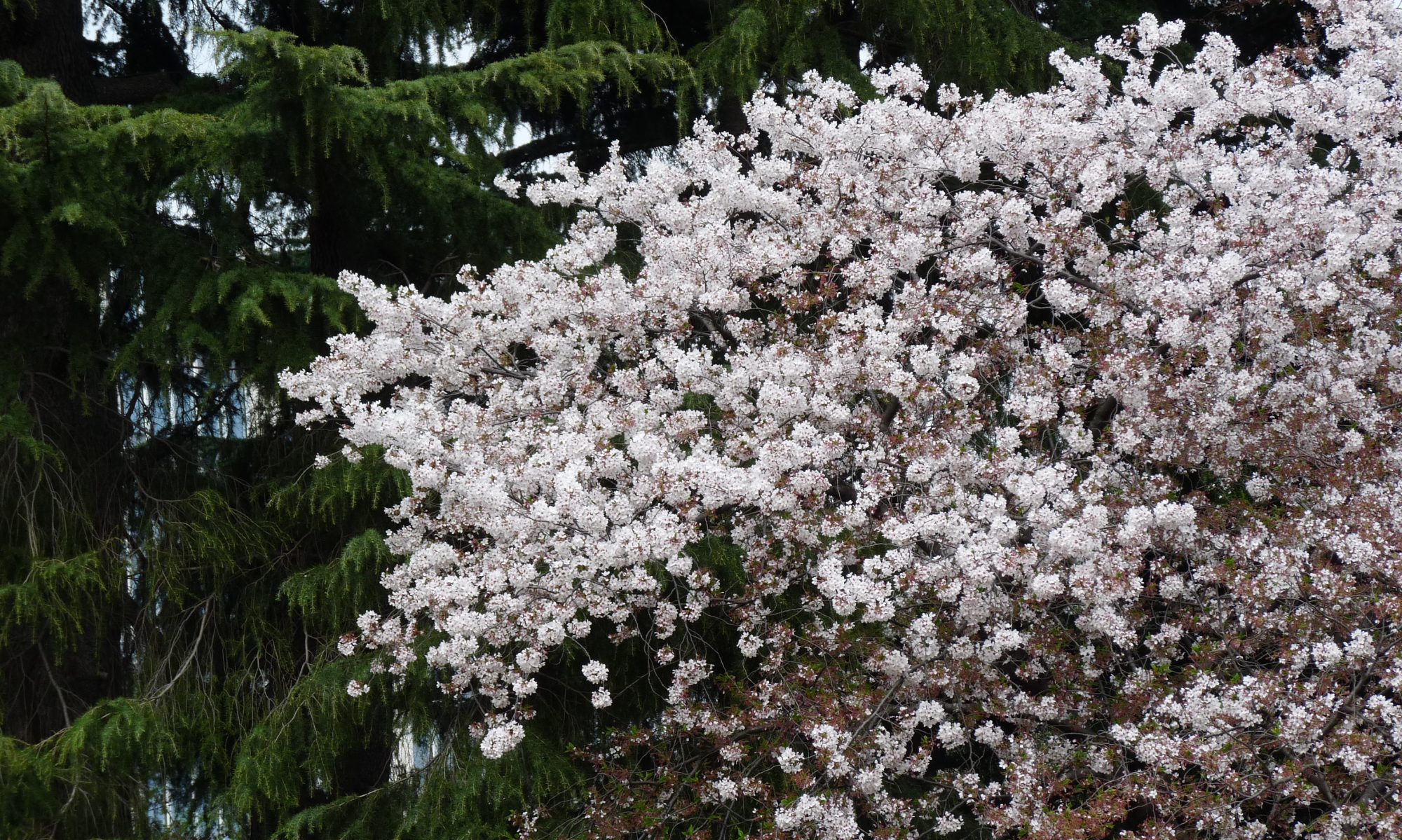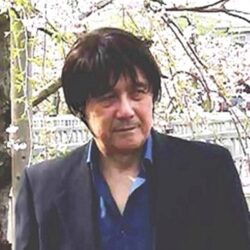
In Japan, in 2012, when there was
a nuclear accident in Fukushima,
a “purchase system” has been
introduced in which electric power
companies purchase electricity
generated by renewable energy
companiesーーespecially electricity
generated by sunlightーーat a fixed
price.
This is called the “FIT system.” This is
a system that the Japanese government
strongly obliged to power companies in
Japan. If a shortage of funds for purchasing
power companies occurs, they can
collect by adding to the electricity
charges of the citizens.
When the FIT system was first
introduced, trading between electric
power companies and renewable
energy companies was smooth.
Renewable energy companies had
also predicted that the purchase
price will increase in the future because
FIT system was backed by the Japanese
government. And investment was
further expanded. In particular,
Tohoku or Hokkaido in Japan have
vast areas suitable for solar and wind
power generation, and some companies
invested a lot of capital, including the
purchase of land.
Why did the power company stop
purchasing renewable energy?
However, in 2014, the power company
suddenly announced that it would
stop purchasing electricity from
renewable energy companies, more
than a certain amount of power.
It was two years after the nuclear
accident in Fukushima in 2012.
What surprised and stunned are the
renewable energy companies that
have invested heavily so far.
Why did Japanese power companies
suddenly stop purchasing renewable
energy?I will explain a little about this
together with the power situation
in Japan.
Japan’s electric power company
divides the whole of Japan into
10 districts, and there are 10 major
electric power companies in each
district. Just as there are 52 states
in the United States, there are 43
prefectures (1) in Japan, and one
power company manages multiple
prefectures
(1) Japan consists of 43 prefectures,
one capital (Tokyo), one dō(Hokkaidō),
and two fu (Osaka-fu and Kyoto-fu).
There are a total of 47 capital, dō,
prefectures and fu.
For example, “Tokyo Electric Power”
has jurisdiction over the capital city of
Tokyo and the surrounding prefectures.
Osaka, which is a big city on the west,
and the surrounding prefectures are
under the jurisdiction of “Kansai
Electric Power.”
In this way, Japanese power companies
are private company to the last,
but legally “regional monopoly rights”
are recognized in order to supply stable
power to the surrounding areas.
However, it is a “semi-governmental
and semi-private”company that is
strongly regulated by the Electricity
Business Law, while having a regional
monopoly right.
The form of the Japanese power
grid is radiant
A major feature of Japanese power
companies is in the form of of
“transmission network” that sends
power. Unlike Western, the shape of
Japan’s power grid is “Radiation-type.”
(Figure below) Radiation-type power grids
have one power plant in the first original
place, and from there, power is sent
radially to ordinary households and
businesses through relay stations
in each district. This Radiation type’s
feature has few blackouts and can
send electricity stably. On the other hand,
once electricity is passed through
a transmission line, electricity cannot
be interchanged between regions.
That is a disadvantage.
On the other hand, the form of the
power grid in Europe and the United
States is a “Loop / mesh-type.” In the
Loop / mesh-type, there are power plants
that generate power in each district, and
the power generated from many power
plants as a whole is sent to households
and businesses. A feature of this form
is that it can interchange power
between regions. For instance,
if there is a shortage of power in
a certain district, it can be transmitted
from another district where there is
surplus power. (Figure below)

However, a radiation-type power
grid like Japan cannot structurally
interchange power between regions.
This is largely related to the reason
why Japanese power companies
suddenly stopped purchasing
electricity generated by renewable
energy companies.
The main reason is the following
three points.
①The transmission and supply of
Japanese electric power companies
must always match supply and
demand. This is called the “principle
of same time same amount.”
Too much or too little power supply
for demand is not enough. The same
amount of power is supplied to the
power demand once generated.
This is the principle of the transmission
system of Japanese power companies.
In a case of a Japanese transmission
network designed to achieve the
principle of the same amount at the
same time, if it supplies too much
power for a certain demand, or
conversely sends too little power
for demand, imbalance in supply
and demand arise. And structurally,
it may cause major power outages.
② Japan’s power grid is structurally
unable to interchange electricity
between regions. Certainly, even in
Japanese electric power companies,
there are occasions when each
electric power company interchanges
electricity during disasters and
emergencies. However, this is only
in an emergency, and the number of
transmission lines that can deliver
electricity is extremely small compared
to Europe and the United States.
Japanese transmission lines is not a
structure that is designed for flexiblity
from the beginning, as in Europe and
the United States.
③ Power grid that cannot be backflow
in principle. The radiation type of the
Japanese power grid is starting with
one power plant, and divided into a
number of vertical systems. Therefore,
it is impossible to backflow the
electricity in some areas and distribute
the electricity to other areas.
For instance, suppose that there is
a shortage of power in a certain area
and a power company sent a large
amount of power there. However, in
that area, the large amount of power
was not used up and was left over.
That surplus electricity cannot be
sent back to other areas where
power is insufficient.
The Japanese power grid with the
above Characteristics is unsuitable
for transmitting intermittent power
of renewable energy that is greatly
influenced by the weather and nature.
Even if a power company purchases
a large amount of electricity
generated by renewable energy
such as solar power, the power
company cannot use it properly due
to the structural reasons of the power
grid mentioned above. In addition,
today’s Japanese power companies
have no technology to adjust the
amount of power that once flew
through the transmission lines.
Question
Japanese power companies must
have known from the start that the
Japanese grid is structurally unsuitable
for transmitting renewable energy.
Nevertheless, why did they agree
with the “purchase system” for
renewable energy?
Answer
This is because the Fukushima
nuclear accident occurred and
caused a meltdown in 2012, the
same year that the Japanese
government introduced the
“FIT” purchase system.
At this time, a large-scale
demonstration of nuclear abolition
was conducted in Japan. And natural
energy such as solar power and
wind power generation had been
highlighted.
In such a social background, if a
Japanese power company opposes
the purchase system, it may give
the media, the general public, and
the world the image that
“Japanese power companies are
reluctant to environmental problems.”
So unavoidable that they agreed
with the purchase system.
However, once the purchase system
was introduced, the number of
renewable energy companies
increased rapidly.The amount of
power purchased by the power
company had also increased, and
the Japanese “radiant power grid”
had became unable to handle it.
And in 2014, the power company
finally decided to stop the purchase.
Under these circumstances, no matter
how much Japanese companies try to
establish a renewable energy business
to reduce CO2 and prevent global
warming, they cannot make a profit.
This situation will continue as long as
the electricity generated by renewable
energy has to be transmitted through
the grid of the existing power company.
That being said, it would be impossible
in terms of cost if all Japanese power
grids were redesigned to be
“Loop / mesh-type” of the West.
For this reason, many large Japanese
companies and excellent companies
that had planned to invest heavily in
the renewable energy business
later reviewed their investment plans
and gave up.
New plans to prevent global
warming promoted in Japan
In 2019, five years have already passed
since the power company canceled
the purchase system. In 2019, many
Japanese companies are promoting
research and planning in a completely
different way to reduce CO2.
New promising projects are being
promoted in several ways. Here, I will
talk about a “CO2 reuse plan”, and
“V2G = vehicle-to-grid,” which is
attracting attention from around the
world as moving storage batteries
and transmission networks.
(The following is the same as
the main text)




